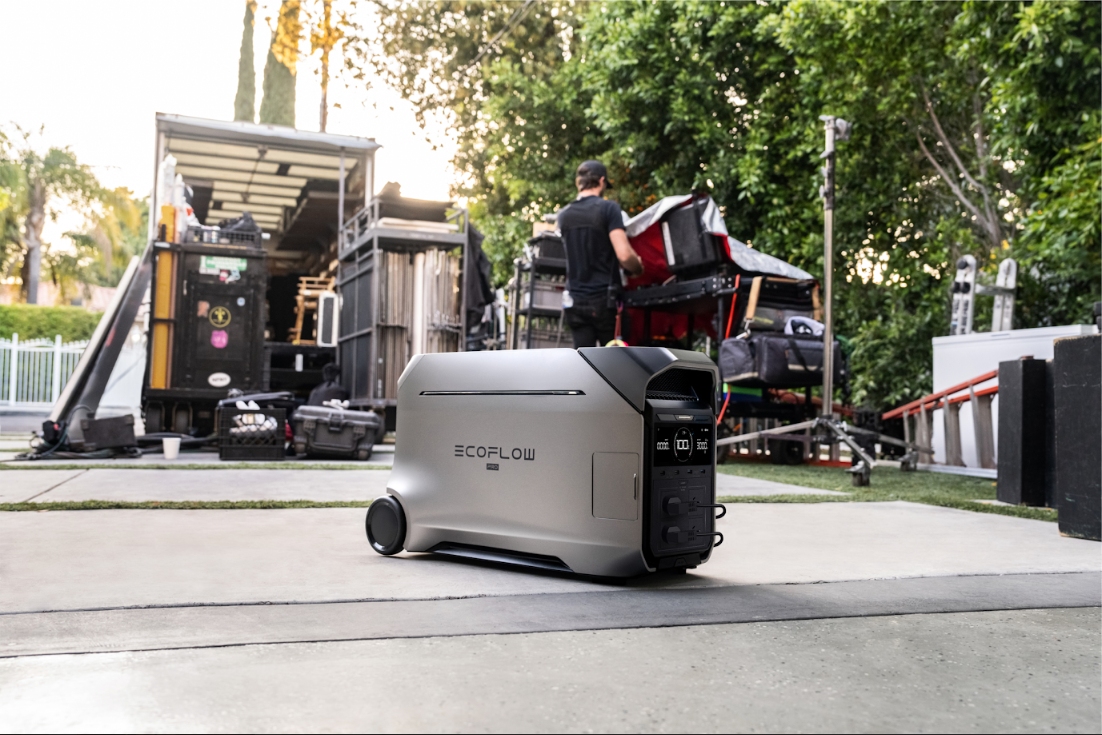Everything Explained About Rechargeable Generator
- What is a Rechargeable Generator?
- How Does a Rechargeable Battery Generator Work?
- The Three Ways to Recharge Your Power Station
- The Big Advantages Over Traditional Gas Generators
- What Can a Portable Rechargeable Generator Actually Power?
- Choosing the Right Rechargeable Generator for You
- The Future of Portable Power
Power is something we are all in need of these days, yet we cannot quite get it at times. You might be in a storm blackout, planning a camping trip, or need power for a project elsewhere. You need a quality power source. Years ago, a noisy gas generator that gave off smoggy fumes was the only choice. Now we get a superior alternative that is quiet, smell-free, and usable for additional purposes. The rechargeable generator is that alternative. This guidebook shall tell you everything you need to know about the new form of power. We shall expose how it works and how to choose a proper one for you.
What is a Rechargeable Generator?
First, they cite the name. The name “rechargeable generator” is gaining popularity, but the actual name is a Portable Power Station. The average generator consumes fuel to generate electricity. But a rechargeable generator doesn’t generate electricity right away. It preserves electricity within a massive battery inside. You may use that electricity anywhere and anytime.
You can liken it to a super-large and strong power bank that you can use for a multitude of purposes. It comes with a large battery, a converter part that allows your devices to utilize the power, and multiple plugs. The huge disparity accounts for the quiet nature, lack of fumes, and a hassle-free use alternative to a gas generator.
How Does a Rechargeable Battery Generator Work?
There are three important components in a rechargeable battery generator. Now that you are aware of their function, you’ll easily be in control of these devices.
The Battery: The Heart of the System
The crucial component for a power station is the battery. It is nearly always a lithium-ion battery, as for a motor vehicle and a phone. The battery is the power storage tank. The size is specified in watt-hours (Wh). The larger the Wh number, the larger the storage for power. The result is that you get more time to use devices.
The Inverter: The Power Translator
The battery is maintained charged in Direct Current (DC). But the majority of the home devices are AC, and that is what comes out of a wall socket. The inverter is a relatively crucial unit that converts the DC power supplied by the battery into usable AC power. The capacity of the inverter determines how much power the generator can produce at a time. The same is measured in watts (W).
The Charge Controller: The Gatekeeper
The charge controller is the intelligent section that regulates power entering the battery. It operates on electricity from a wall socket, a vehicle, or a solar array. It prevents the battery from overcharging, assists in charging at the optimum rate, and ensures the battery lasts a long while and is protected.
The Three Ways to Recharge Your Power Station
One of the best things about a portable rechargeable generator is that you can charge it in different ways. You do not need just one type of fuel. This means you can have power on your own terms.
- AC Wall Outlet: This is the most common and usually the fastest way to charge it. You just plug it into a normal wall socket. Most can charge from empty to full in 2 to 8 hours.
- 12V Car Outlet: You can charge your power station from the 12V plug in your car. This is slower than a wall plug, but it is very useful for adding power while you are driving.
- Solar Panels: This is what lets you use rechargeable electric generators when you are off the grid. You can connect solar panels to charge the power station with sunlight. This is good for the environment and gives you power that does not run out as long as the sun is out.


The Big Advantages Over Traditional Gas Generators
When you compare a power station to a gas generator, the good things are easy to see. This is why many people are choosing them now.
Silent and Fume-Free Operation
A rechargeable generator is almost silent when it runs. You only hear a quiet fan. This makes it good to use in quiet places, like inside a tent or even inside your house during a power outage. It does not burn fuel, so it makes no harmful fumes. This makes it the only safe choice to use indoors.
Low Maintenance and Ease of Use
Gas generators need a lot of work, like changing the oil and spark plugs. A rechargeable generator has no engine parts, so it needs almost no work. It is also very easy to use. You just push a button and plug your things in. There is no cord to pull and no messy fuel to pour.
Portability and Versatility
These are made to be easy to carry. They are usually smaller and lighter than gas generators. They have many kinds of plugs, like AC, USB, and 12V DC. This means you can power many different kinds of devices, from one machine, from phones and laptops to small fridges.
What Can a Portable Rechargeable Generator Actually Power?
What it can power depends on the generator’s size. A device must use less power (W) than the generator can put out. And how long it runs depends on the generator’s storage (Wh).
- Small Models (200-500 Wh): These are great for small electronics. They can charge a phone 20-40 times or a laptop 3-7 times. They are good for a weekend camping trip.
- Medium Models (600-1500 Wh): This is the best choice for most people. These can power important things like small fridges, medical machines, and fans. They are great for longer camping trips or for a simple home backup.
- Large Models (2000+ Wh): These are very powerful. A large rechargeable generator for homes, like the EcoFlow DELTA Pro Portable Power Station with its expandable capacity for home backup, can run big things like a kitchen fridge, a microwave, or some power tools. When the power goes out, one of these can keep your food safe and your main devices running.


Choosing the Right Rechargeable Generator for You
There are many choices, so it can be hard to choose the right one. You should think about these four things to find the best one for you.
- Capacity (Watt-hours): First, think about what you need for power and for how long. Add up the power your devices use to figure out how much storage you need. It is always smart to get a little bigger than you think you need.
- Power Output (Watts): Look at the power needs of your biggest device. The generator’s power output must be higher than that number. Some also have extra “peak” power for a second to help start up some machines.
- Portability (Size & Weight): Think about how you will use it. If you will carry it a lot, a smaller, lighter one is better. If it is mostly for your home or car camping, you can choose a bigger one.
- Ports & Features: Make sure the generator has the plugs you need. Other good things to have are a screen that shows power use, fast-charging plugs, or a battery you can add more to.
The Future of Portable Power
The rechargeable generator is a big step up for portable power. It is a cleaner, quieter, and easier way to keep things running. You can use it when you are outside or during a storm at home. By knowing how they work and what to look for, you can choose one that gives you power when you need it. This gives you peace of mind and lets you control your own power. It is more than a gadget; it is a modern essential.
Ready to protect your home from blackouts? The EcoFlow DELTA Pro is the first portable home battery designed for backup. With an expandable 3.6-25kWh capacity and a massive 3600W output to run 99% of appliances, it’s the ultimate plug-and-play solution. Discover the future of home backup power today!